Automotive design plays a pivotal role in how a vehicle is perceived, loved, and remembered. Some cars boast timeless aesthetics that continue to captivate enthusiasts and everyday drivers alike, proving that great design transcends trends and decades.
These classic designs hold their appeal through balanced proportions, elegant lines, or distinctive features that never seem to fade. Their desirability often translates into better resale values and a loyal fan base that keeps these vehicles relevant long after their initial release.
Conversely, other cars fall victim to design choices that don’t age well. Trends that seemed fresh at launch can quickly become dated or even embarrassing as styles evolve.
Vehicles with awkward proportions, overdone details, or clunky shapes may struggle to maintain their allure, leading to decreased demand and faster depreciation.
For buyers and collectors, recognizing which designs have lasting appeal and which ones age poorly is crucial for making informed purchasing decisions.
This article explores both ends of the spectrum: five cars with classic designs that remain highly desirable today, and five models whose styling aged quickly and look outdated fast.
By understanding the elements that contribute to timelessness versus fleeting trends, readers can better appreciate automotive design’s impact on value and desirability.
Also Read: 5 Cars That Maintain Value Despite High Mileage And 5 That Drop Like Rocks
5 Classic Designs That Remain Desirable
When it comes to automotive styling, few things are as impressive as a design that stands the test of time. Classic car designs that remain desirable decades after their debut are a testament to the skill of their creators and the enduring appeal of certain aesthetic principles.
These vehicles avoid fleeting fads and instead embrace balanced proportions, clean lines, and signature details that resonate with multiple generations of drivers.
Their timeless appeal often makes them icons in the automotive world, sought after by collectors and enthusiasts who appreciate both form and function.
Designs that remain relevant typically combine elegance with a strong identity. They are instantly recognizable yet versatile enough to feel contemporary years later.
Elements such as well-integrated curves, restrained use of chrome or ornamentation, and thoughtfully designed interiors help maintain their charm.
These cars don’t just look good on the road; they evoke emotion, pride, and nostalgia. They become conversation pieces and symbols of an era while still feeling fresh.
From a market perspective, cars with classic, enduring designs often hold their value better and can even appreciate over time. Buyers are willing to pay a premium for vehicles that possess this rare quality.
The desirability of classic designs also influences modern automakers, who sometimes revisit or reinterpret iconic models, banking on their timeless style to drive sales.
This section highlights five cars whose designs continue to captivate admirers today. We explore why these particular vehicles avoided the pitfalls of trendiness and instead crafted a lasting legacy of style that remains highly desirable in the automotive landscape.
1. Mazda MX-5 Miata (First Generation NA, 1989–1997)
The Mazda MX-5 Miata’s first generation is a shining example of classic design that has remained desirable for over three decades. When it debuted in 1989, the NA Miata revitalized the affordable two-seat roadster segment with its lightweight construction, balanced proportions, and driver-focused simplicity.
Its styling drew inspiration from British roadsters of the 1960s, featuring sleek, rounded curves, pop-up headlights, and a compact yet muscular stance that perfectly blended sportiness with elegance.
What makes the NA Miata’s design timeless is its minimalism and purity of form. Unlike many contemporary cars overloaded with aggressive angles or oversized grilles, the Miata’s clean lines and restrained detailing give it an understated charm.
The pop-up headlights, now a nostalgic design element, contribute to its unique personality and instantly recognizable silhouette.
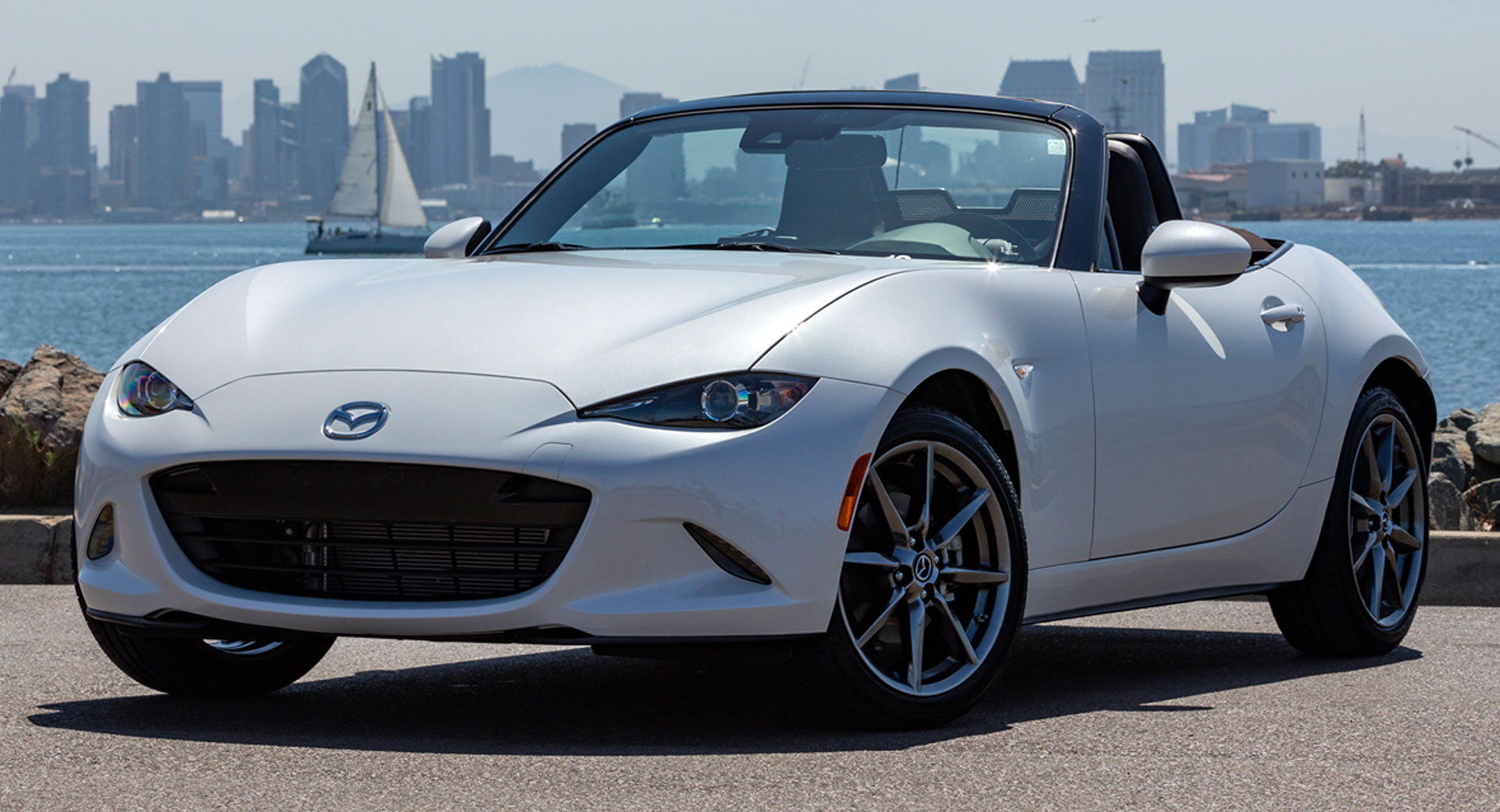
Inside, the layout emphasizes functionality without sacrificing comfort, with driver-oriented controls and straightforward gauges. The compact size and open-top experience evoke a sense of fun and freedom that resonates with enthusiasts to this day.
The NA Miata’s classic design has made it a favorite among collectors and weekend drivers, helping it maintain strong resale values. It’s a car that appeals to both nostalgic fans and younger buyers seeking a simple, stylish sports car with a proven track record.
The fact that Mazda has retained much of the original design philosophy in later Miata generations speaks to the enduring influence of the NA’s aesthetics.
2. Porsche 911 (Classic Air-Cooled Models, 1964–1989)
The Porsche 911, particularly the air-cooled models produced from 1964 to 1989, stands as one of the most iconic and timeless designs in automotive history. Its instantly recognizable silhouette—with its sloping roofline, round headlights, and rear-engine layout—has hardly changed in over half a century.
This continuity is a testament to the power of a design that balances elegance, performance cues, and brand identity seamlessly.
The 911’s classic design exudes both sophistication and sportiness, combining smooth, flowing curves with muscular fenders that hint at the car’s high-performance capabilities.
The simplicity of its lines avoids visual clutter, making it instantly distinguishable from any other sports car on the road. Even today, new 911 models pay homage to this original shape, underscoring the design’s enduring appeal.
Inside, the classic 911 focused on driver engagement with a straightforward dashboard and supportive bucket seats that keep the driver connected to the car. The minimalistic cabin enhances the driving experience without unnecessary distractions.
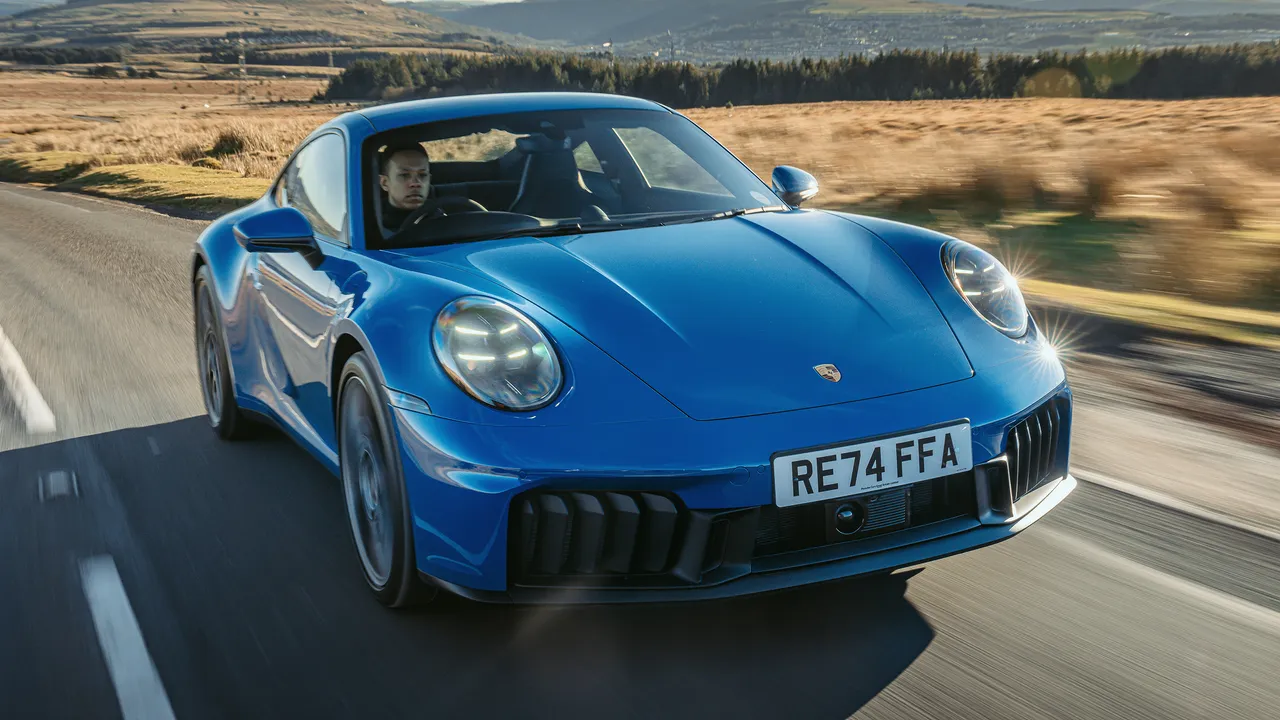
Collectors prize these air-cooled 911s not only for their performance but also for their design purity. Their desirability remains high, and they frequently command premium prices in the used market.
The 911’s design is an excellent example of how consistency and evolution can coexist, proving that when a design hits the right notes, it can remain desirable through decades and even generations.
3. Jeep Wrangler (JK and TJ Generations, 1997–2018)
The Jeep Wrangler’s design is one of the most enduring and instantly recognizable in the SUV world, embodying ruggedness and adventure with a timeless appeal.
The TJ (1997–2006) and JK (2007–2018) generations built on the classic Jeep heritage established by the original Willys MB, maintaining key design elements such as the seven-slot grille, round headlights, boxy body shape, and removable doors and roof.
What makes the Wrangler’s design timeless is its functional simplicity combined with iconic styling cues that evoke a sense of freedom and off-road capability.
Unlike many SUVs that chase sleekness and aerodynamic lines, the Wrangler proudly displays its utilitarian roots. This no-nonsense design has earned it a devoted fan base, ensuring strong demand in the used market.
The Wrangler’s exterior design has seen only subtle refinements over the years, proving that the core aesthetic remains highly desirable. Its rugged profile and instantly recognizable front fascia convey toughness and reliability.
Buyers love the nostalgic yet practical look, which continues to appeal both to off-road enthusiasts and those seeking a distinctive urban vehicle.
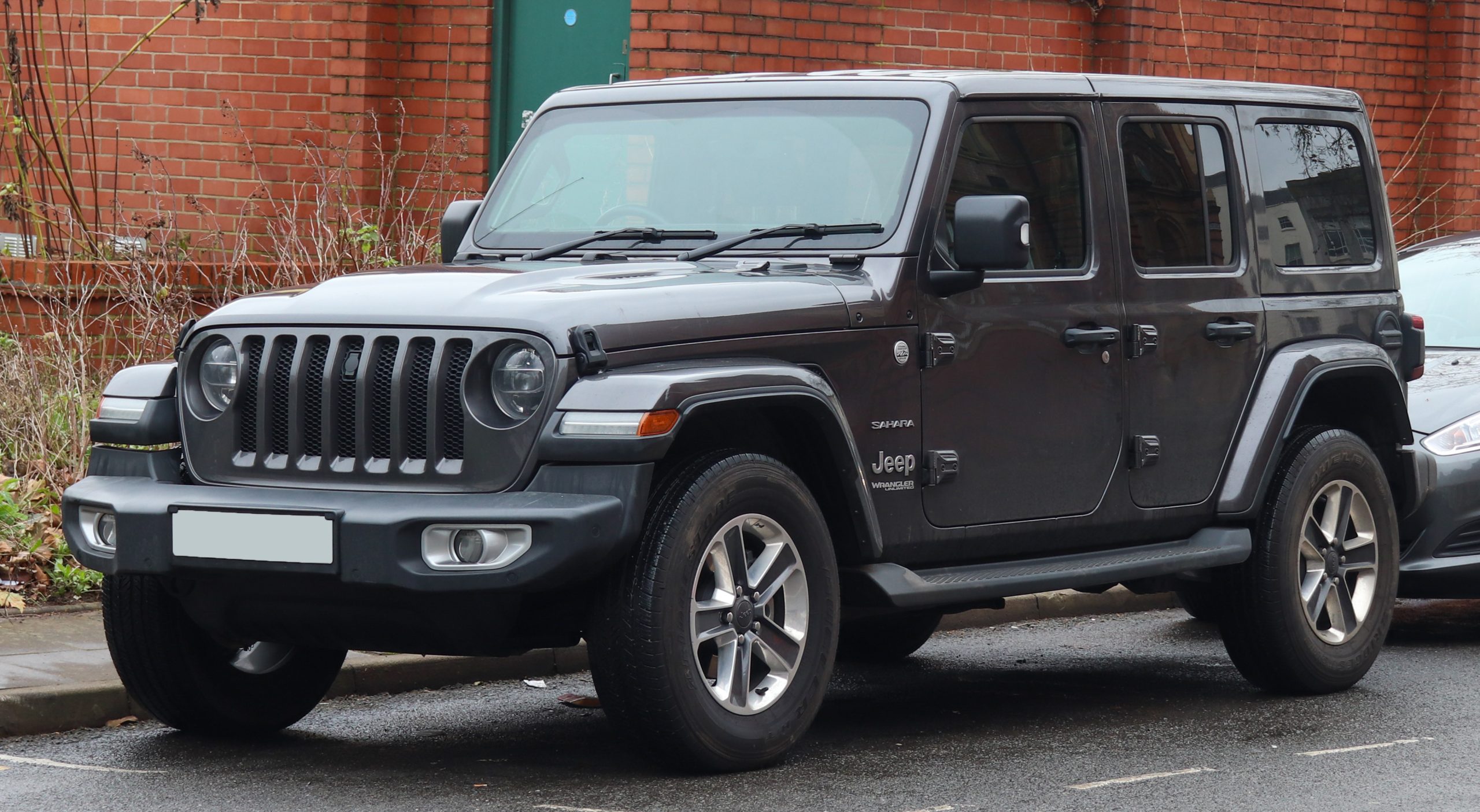
Inside, the Wrangler has evolved with modern comforts, but it still maintains a simple, durable layout that emphasizes function. The blend of old-school charm and modern convenience plays a big role in why the Wrangler’s design remains so attractive today.
For those looking for a vehicle with a classic, adventurous look that never goes out of style, the Wrangler stands out as a prime example of a design that truly endures.
4. Ford Mustang (First Generation, 1964–1973)
The first-generation Ford Mustang is arguably one of the most influential and enduring designs in American automotive history. When it debuted in 1964, the Mustang created the “pony car” segment with its sporty proportions, long hood, short deck, and aggressive stance.
Its bold and clean design quickly became a symbol of freedom and youthful exuberance, capturing the imagination of car buyers across generations.
What keeps the classic Mustang’s design desirable today is its perfect balance between muscle and elegance. The sharp lines, distinctive front grille with the running horse emblem, and iconic tri-bar taillights remain instantly recognizable and celebrated in car culture.
The simplicity and purposeful styling create an image of power and fun that continues to resonate with enthusiasts and collectors.
Inside, the Mustang offered a driver-centric cockpit with straightforward controls and sporty accents, reinforcing the car’s performance-oriented personality. This interior simplicity complements the bold exterior without overwhelming the senses.
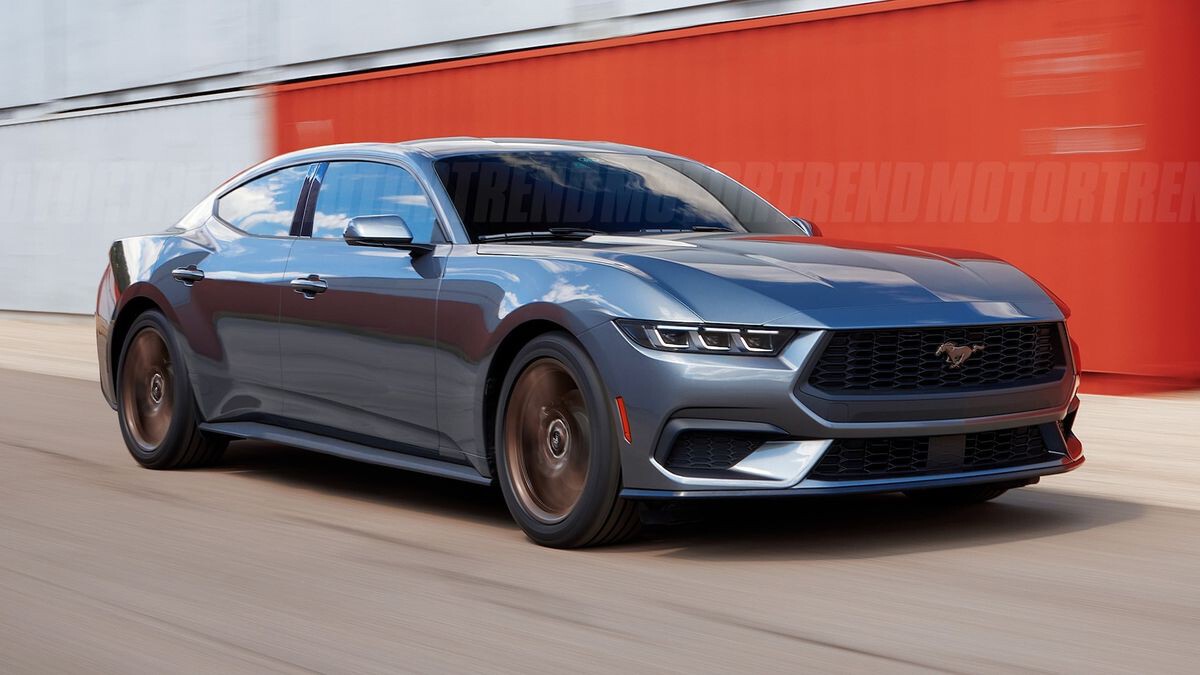
The timeless appeal of the first-generation Mustang is reflected in its strong collector demand and influence on modern Mustang design. Ford continues to pay homage to this era through retro-inspired styling cues in current Mustang models, underscoring the lasting impact of its original design.
For anyone passionate about classic American muscle cars, the first-generation Mustang remains a benchmark of timeless design and desirability.
5. Volkswagen Beetle (Classic Type 1, 1938–2003)
The Volkswagen Beetle, known officially as the Type 1, is one of the most iconic and enduring car designs in history. Its instantly recognizable rounded shape, compact size, and friendly “bug-like” appearance have made it a beloved classic across the world.
Introduced before World War II, the Beetle’s design remained largely unchanged for decades, proving the strength and timelessness of its aesthetic.
The Beetle’s design is a masterclass in simplicity and functionality. Its smooth curves, circular headlights, and distinct fenders give it a unique personality that appeals to a broad audience. Unlike many cars that try to chase trends, the Beetle embraces its quirky, approachable charm that evokes nostalgia and warmth.
Inside, the Beetle offers a minimalist, no-frills cabin that puts practicality first while maintaining an inviting atmosphere. Its design evokes a sense of history and character that few other cars can match.
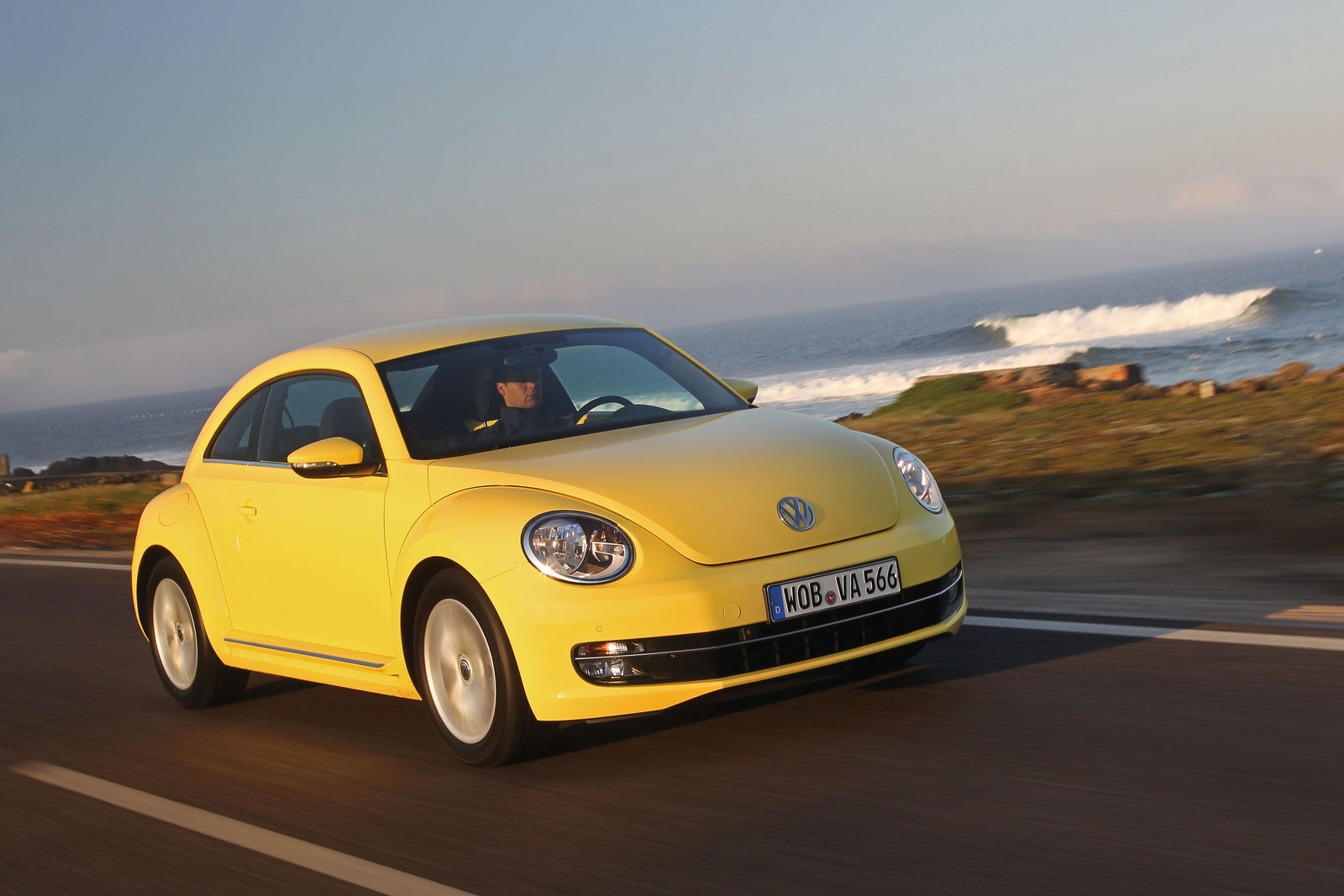
The classic Beetle remains highly desirable among collectors and fans of vintage automobiles. Its design transcends generations, often symbolizing peace, love, and a simpler era. Volkswagen’s decision to revisit the Beetle in modern form also highlights the lasting influence of its original design.
For those looking for a car with an enduring, classic look that never truly goes out of style, the Volkswagen Beetle stands as a perfect example of design longevity and mass appeal.
5 Cars That Look Outdated Fast
While some car designs age gracefully and become timeless icons, others fall victim to rapidly changing tastes and styling missteps that cause them to look outdated much sooner than expected.
Automotive design is heavily influenced by trends, consumer preferences, and technological advancements.
Unfortunately, certain cars launched with bold or experimental aesthetics can quickly become visual relics, often making owners regret their purchase as the vehicle loses appeal in just a few years.
Cars that look outdated fast typically suffer from design elements that don’t stand the test of time. These might include overly complicated or cluttered styling, awkward proportions, excessive use of flashy details, or shapes that simply don’t resonate with buyers beyond their launch window.
In some cases, designers chase short-term trends that fail to become classic, resulting in vehicles that feel dated or even embarrassing as styles evolve.
Moreover, the rise of electric vehicles and aerodynamic efficiency has pushed many modern cars toward sleeker, more minimalistic looks, making boxy or overly ornate designs seem old-fashioned.
When a car’s design rapidly ages, it often experiences steep depreciation and struggles to maintain a desirable resale value, affecting owner satisfaction.
This section highlights five vehicles whose designs aged quickly and now look outdated compared to their peers. Understanding why these designs failed to endure provides valuable insight into what makes a car’s styling timeless or transient.
By learning from these examples, car buyers and enthusiasts can better recognize the importance of classic design principles and avoid models prone to premature obsolescence in the style department.
1. Nissan Juke (First Generation, 2010–2019)
The Nissan Juke’s first generation is a textbook example of a design that quickly became polarizing and, for many, outdated fast.
When it debuted in 2010, the Juke made waves with its bold, quirky styling—a mix of bulbous headlights, protruding wheel arches, and a “face” that some found cartoonish.
This aggressive and unconventional look was a gamble by Nissan to stand out in the rapidly growing subcompact crossover segment.
However, the very features meant to make the Juke unique also contributed to its fast-aging appearance. Its design was heavily influenced by a few styling trends of the late 2000s and early 2010s that didn’t age well.
The awkwardly placed headlights and the odd proportions, while initially attention-grabbing, became dated as more sleek and modern competitors entered the market. Its somewhat playful yet clunky aesthetic made it hard for the Juke to transition into a “classic” look over time.

Inside, the Juke’s design matched its exterior’s eccentric vibe but suffered from cramped space and a dashboard layout that began to feel outdated as infotainment tech rapidly advanced elsewhere.
As a result, the Juke depreciated quickly compared to other crossovers and struggled to attract buyers looking for longevity in style. Nissan’s later redesigns for the Juke moved toward more streamlined and mature styling, acknowledging the first generation’s polarizing and fast-aging design.
The first-generation Juke’s experience highlights how taking too many stylistic risks without grounding in timeless design principles can result in a car that quickly looks outdated, affecting its long-term appeal and value.
2. Chevrolet Sonic (2012–2020)
The Chevrolet Sonic, introduced in 2012 as a subcompact sedan and hatchback, is another example of a design that quickly looked outdated.
At launch, the Sonic attempted to stand out with sharp angles, a somewhat aggressive front grille, and quirky styling elements like boomerang-shaped taillights.
While initially fresh, these design choices aged poorly in just a few years as automotive trends shifted toward cleaner, more sophisticated aesthetics.
One issue with the Sonic’s design was its awkward proportions. The car’s boxy silhouette and prominent creases aimed to add visual interest but ended up making the vehicle appear less cohesive and less aerodynamic.
The overstyled grille, which looked trendy early on, became dated quickly as competitors adopted more streamlined, minimalist fronts.
Inside, the Sonic’s cabin featured an uninspiring design with hard plastics and a somewhat cluttered layout that fell behind newer rivals in terms of tech integration and modernity.
The interior didn’t help the Sonic maintain appeal as buyers began prioritizing quality materials and intuitive infotainment systems.
The rapid evolution of design preferences in the compact car segment meant the Sonic struggled to keep pace. It depreciated faster than many peers, and many owners felt the car looked old-fashioned only a few years after purchase.
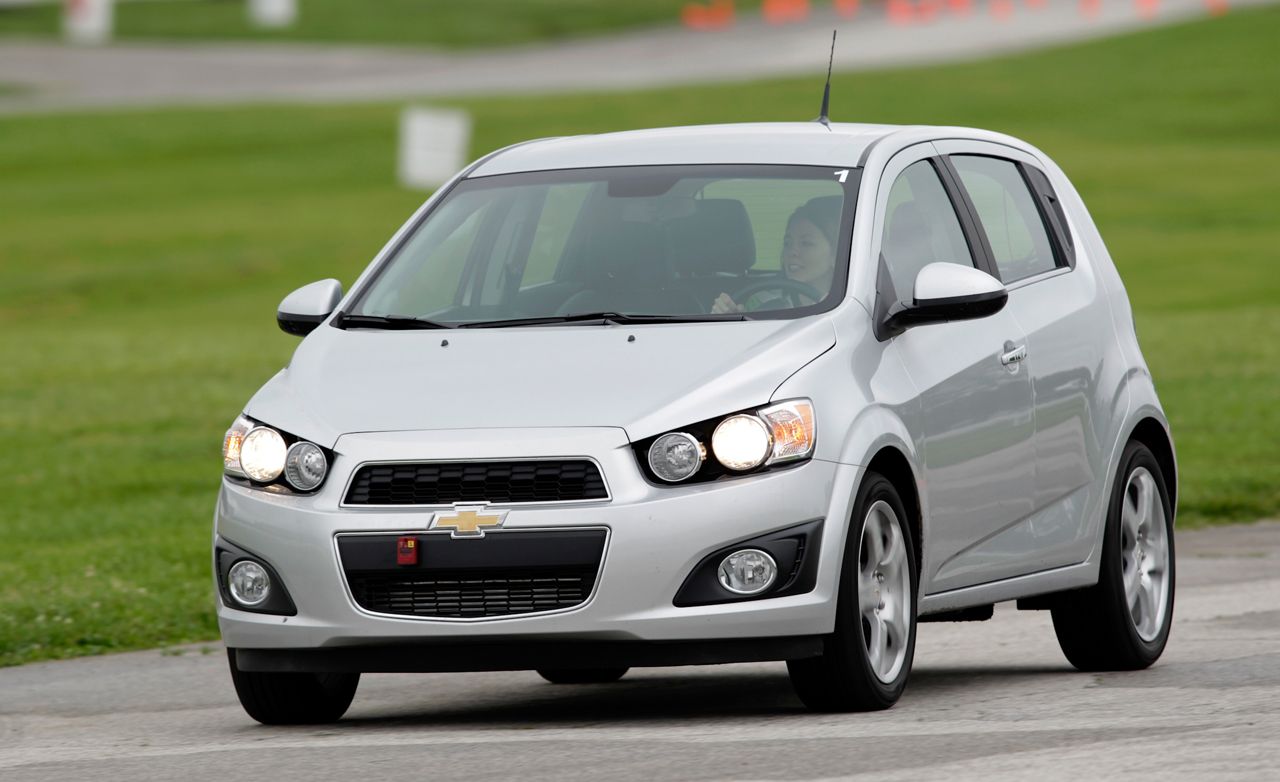
Overall, the Chevrolet Sonic’s styling shows how following fleeting trends and sacrificing timeless design elements can cause a vehicle to look outdated far too quickly, impacting its desirability and resale value.
3. Fiat 500 (2007–2019)
The modern Fiat 500, relaunched in 2007 as a retro-styled compact city car, initially captured attention with its nostalgic nod to the original 1950s model.
While the design was charming and distinctive, its very reliance on retro cues made it vulnerable to looking outdated as tastes and technology evolved.
The Fiat 500’s rounded, compact shape, circular headlights, and minimalistic details strongly referenced the classic Beetle-like design heritage. However, this retro aesthetic was a double-edged sword.
While it attracted buyers looking for quirky charm, it lacked the modern sophistication and aerodynamic efficiency that newer small cars began to emphasize. Over time, the 500’s bubble-like silhouette and diminutive proportions came to feel less contemporary compared to sleeker, more practical rivals.
Inside, the 500 featured a cute, themed interior, but it often lagged behind in terms of materials quality, tech features, and space optimization. This interior also quickly appeared dated as competitors raised the bar on infotainment and driver comfort.
Additionally, the 500’s niche appeal limited its broader acceptance, and many buyers saw it as a trendy, short-term choice rather than a car with long-lasting design relevance.
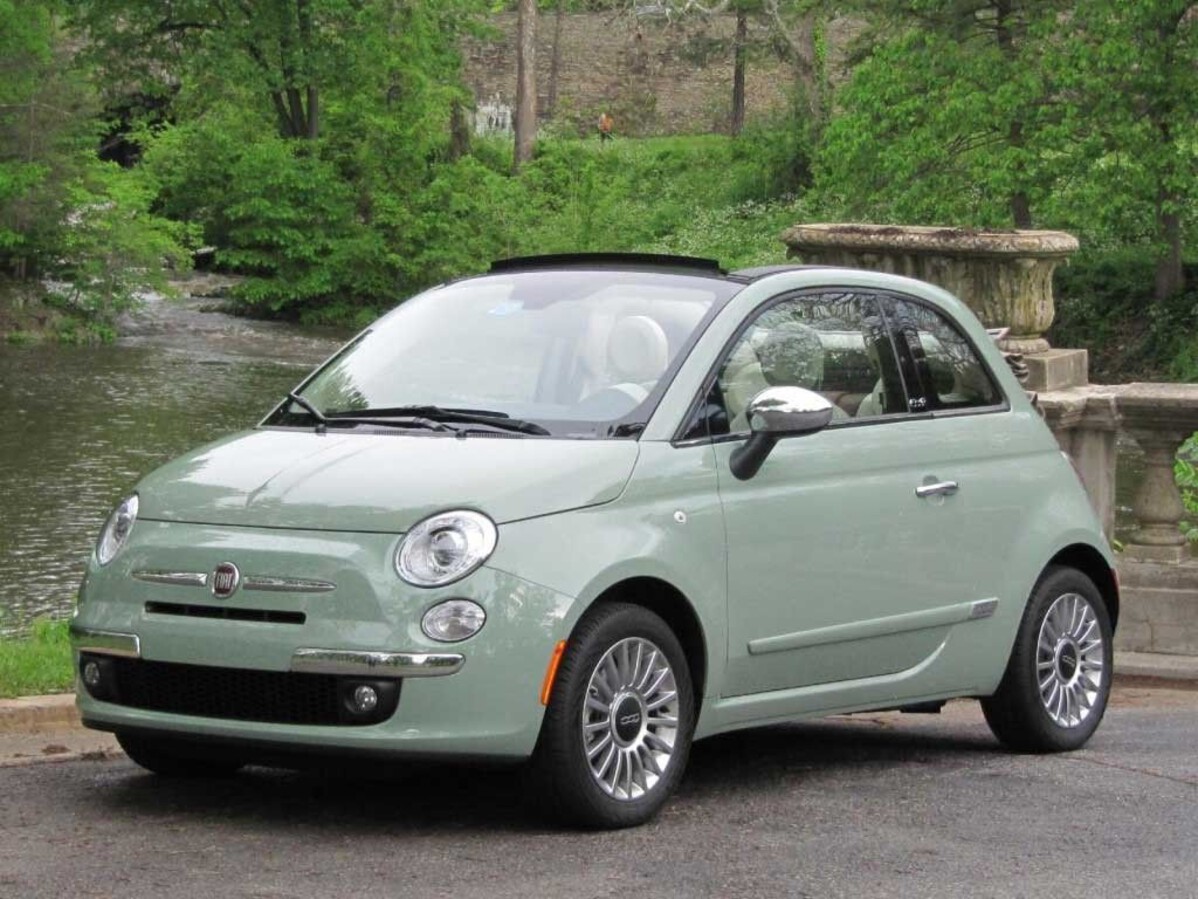
In summary, the Fiat 500’s charm was undeniable at launch, but its retro design focus and limited modernization led to a styling that aged faster than many of its more versatile and forward-looking competitors, causing it to fall out of favor with time.
4. Mitsubishi Outlander (Third Generation, 2013–2021)
The third-generation Mitsubishi Outlander launched in 2013 with a design that aimed to modernize the SUV’s look but ended up aging faster than many competitors. Early on, the Outlander featured a rather bland and uninspired exterior styling, marked by conservative lines and a lack of distinctive character.
While it adopted Mitsubishi’s “Dynamic Shield” front fascia design language later in its lifecycle, the early years of this generation were criticized for an awkward and uninspired appearance that lacked the boldness or refinement seen in rival SUVs.
Its boxy proportions and bulky stance made it feel dated quickly as more modern, sleek SUVs flooded the market.
Inside, the Outlander’s cabin was functional but felt spartan and outdated compared to rivals that prioritized high-quality materials and tech upgrades. The interior design remained largely unchanged during its early production years, which further contributed to its aged feel.
As the crossover and SUV market rapidly evolved with fresh, eye-catching designs, the Outlander’s more utilitarian and conservative styling began to look lackluster, impacting its resale value and appeal to style-conscious buyers.
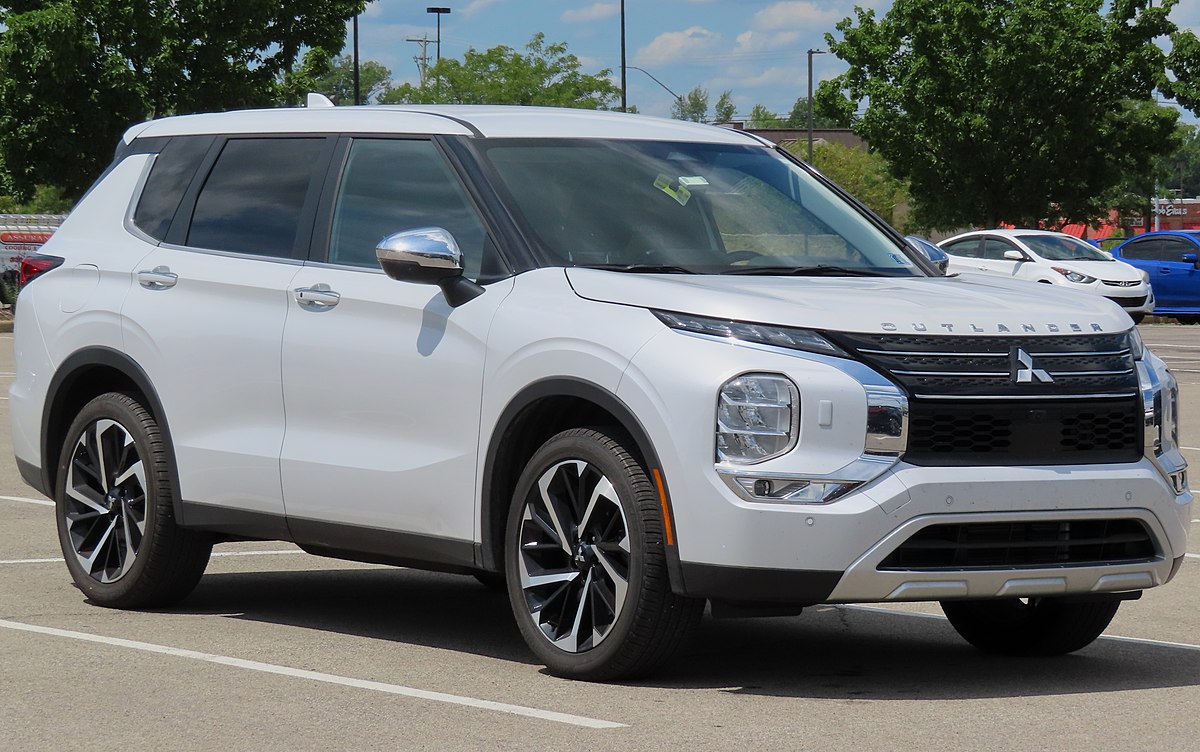
Mitsubishi’s later redesigns attempted to address these shortcomings, but the third-generation Outlander’s initial styling missteps are a clear example of how a vehicle can quickly appear outdated if it lacks distinctive, modern design cues that resonate over time.
5. Dodge Caliber (2007–2012)
The Dodge Caliber stands out as one of the more controversial designs of the late 2000s, known for its edgy but ultimately polarizing styling that aged quickly and did little to help its long-term appeal.
Introduced as a compact crossover hatchback, the Caliber featured an angular, aggressive look with a boxy shape, sharp creases, and a bold, crosshair grille typical of Dodge at the time.
While the Caliber’s styling was intended to be modern and sporty, many critics and buyers found it awkward and unattractive, especially as automotive design moved toward smoother, more refined forms. Its proportions often appeared bulky and disproportionate, with an awkward blend of car and SUV elements that didn’t fully satisfy either market.
Inside, the Caliber’s cabin was utilitarian but suffered from cheap materials, a cluttered dashboard, and outdated tech that lagged behind competitors.
The overall design felt rushed and failed to impress, accelerating the perception that the car looked outdated soon after launch.

The Dodge Caliber’s rapid styling obsolescence contributed to poor sales and steep depreciation, making it one of the least desirable models of its era from a design perspective.
In summary, the Caliber serves as a cautionary tale that bold styling choices without a clear, timeless design vision can lead to a vehicle looking dated quickly, undermining its appeal and resale value.
The automotive world vividly illustrates how design plays a crucial role in a vehicle’s lasting appeal, value, and desirability.
Cars with classic designs that remain desirable—like the Volkswagen Beetle or the Ford Mustang—prove that timeless aesthetics rooted in simplicity, balanced proportions, and iconic styling elements can transcend decades.
These vehicles continue to attract enthusiasts and collectors, maintaining strong resale values and a cultural presence long after their initial release.
Their designs evoke emotion, nostalgia, and a sense of heritage, which helps them stand firm against shifting trends and evolving consumer tastes.
On the flip side, cars that look outdated fast—such as the Nissan Juke or Dodge Caliber—demonstrate the risks of following fleeting trends or making overly aggressive, polarizing design choices.
These vehicles often struggle to maintain market relevance as tastes evolve, leading to quicker depreciation and decreased owner satisfaction. Design elements that might seem fresh and bold at launch can age poorly if they lack cohesion, practicality, or fail to connect emotionally with buyers over time.
The contrast between these two groups highlights key lessons for car manufacturers and buyers alike. For manufacturers, investing in designs that balance innovation with timelessness can create vehicles that endure in desirability and market value.
For buyers, understanding which designs have stood the test of time versus those prone to rapid aging can inform smarter purchase decisions, especially if resale value or long-term ownership satisfaction is a priority.
Ultimately, great car design is about more than just aesthetics—it’s about crafting an identity and experience that resonates across generations.
Whether it’s the enduring charm of a classic or the fleeting novelty of a trend-chasing model, the way a car looks will always profoundly influence how it is perceived and remembered.
By appreciating the nuances of design longevity, both automakers and consumers can better navigate the ever-changing landscape of automotive style.
Also Read: 5 Cars You Should Buy in Cash and 5 That Aren’t Worth Any Loan

